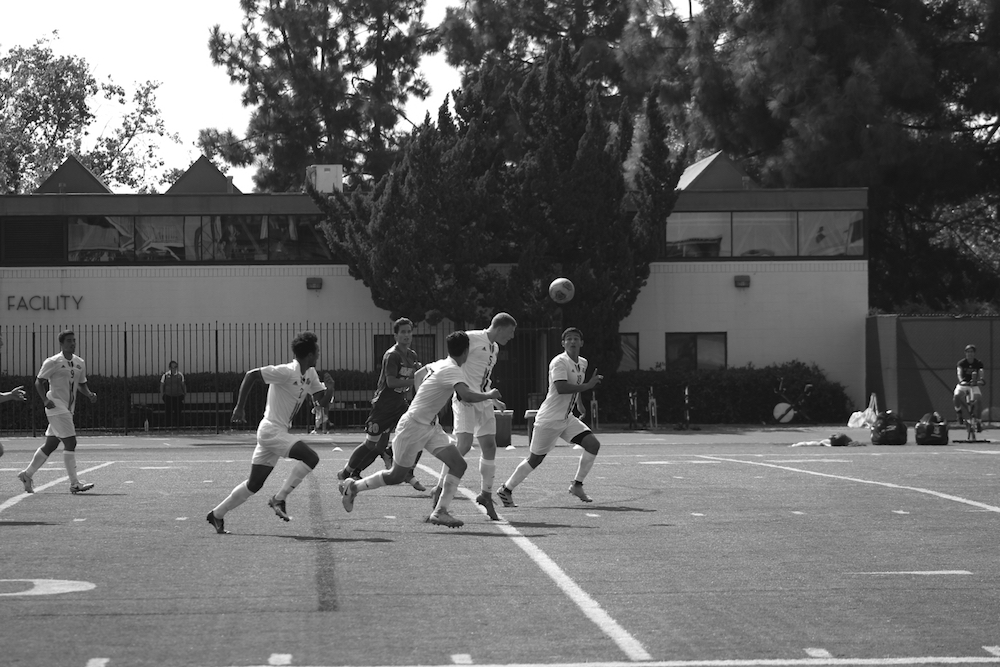Sports are all fun and games until someone gets a head injury. When that happens, they are very, very serious — so serious they could affect the athlete’s cognitive ability for the rest of their lives. In a game of contact sports, any second has the potential for injury, making the risks of concussions high.
Concussions are mild traumatic brain injuries (TBI) which can permanently affect the brain’s function, according to the Center for Disease Control (CDC). They can happen at any moment of physical contact in a sport, regardless of how many rules there are to protect against such injuries. According to a 2014 National Collegiate Athletic Association study, about 28 percent of college athletes will suffer concussions every year, which is the same as saying that for every 14 Tigers you walk by in the quad on your way to class, one of them has experienced or will experience moderately severe brain damage.
According to Occidental biology professor Kerry Thompson, whose research spans debilitating brain injuries, concussions can permanently kill off brain cells. WebMD lists that short-term effects may include symptoms like headaches, nausea and amnesia. As far as knowing what effects losing these cells would have on everyday life down the road, Thompson said it remains to be seen because there is currently only a small body of published research available on long-term effects of concussions. On the other hand, he does know that one concussion alone may not cause permanent health problems.
“There is reason to believe that impacts from multiple hits are much more severe,” Thompson said.
According to the CDC, long-term consequences of subsequent concussions can include symptoms similar to Parkinson’s disease, such as trembling hands. Additionally, concussions and other severe brain injuries are positively correlated with the development of dementia at an earlier age.
For some athletes at Occidental, it is a very simple decision to continue playing their sports in spite of concussion risks.
“The [concussed] don’t want to fall down and stay there. They get back up because they love the sport,” Peter Blumberg (first year), a member of the men’s water polo team, said.
Lauren di Lella (first year), a member of the women’s lacrosse team, agrees. She believes athletes return because of a love for the game. She knows of people who were concussed as many as three times in a four-year period but continued to play.
What is even more dangerous about concussions is that athletes do not realize how severely injured they might be, according to Thompson.
“It’s not like [having] a broken arm or something,” Blumberg said.
Concussions require recovery, but symptoms are not as outwardly displayed as other injuries, according to Thompson. He said that the severity of concussions may be underplayed because an athlete is able to go through their everyday activities without noticing much of a difference — at least after the first hit.
Although concussions may be difficult to avoid, changes on the horizon could make contact sports safer. In a recent study on brains of deceased NFL players, medical researchers found chronic traumatic encephalopathy, a neurogenerative brain disease, in 99 percent of the players’ brains. The study prompted more research into the subject of concussions in sports and could spark discussion about requiring further protection, such as helmets, for soccer players.
In general, anyone can wear extra protective gear to reduce the risk of concussions or make better-informed decisions concerning their health down the road. Thompson says that ordinary Occidental students who ride bicycles and skateboard on campus without helmets should consider using them as well.
So, Tigers, get out there and do your best. But remember: you’ve only got one brain. Don’t let it wane.
![]()




































